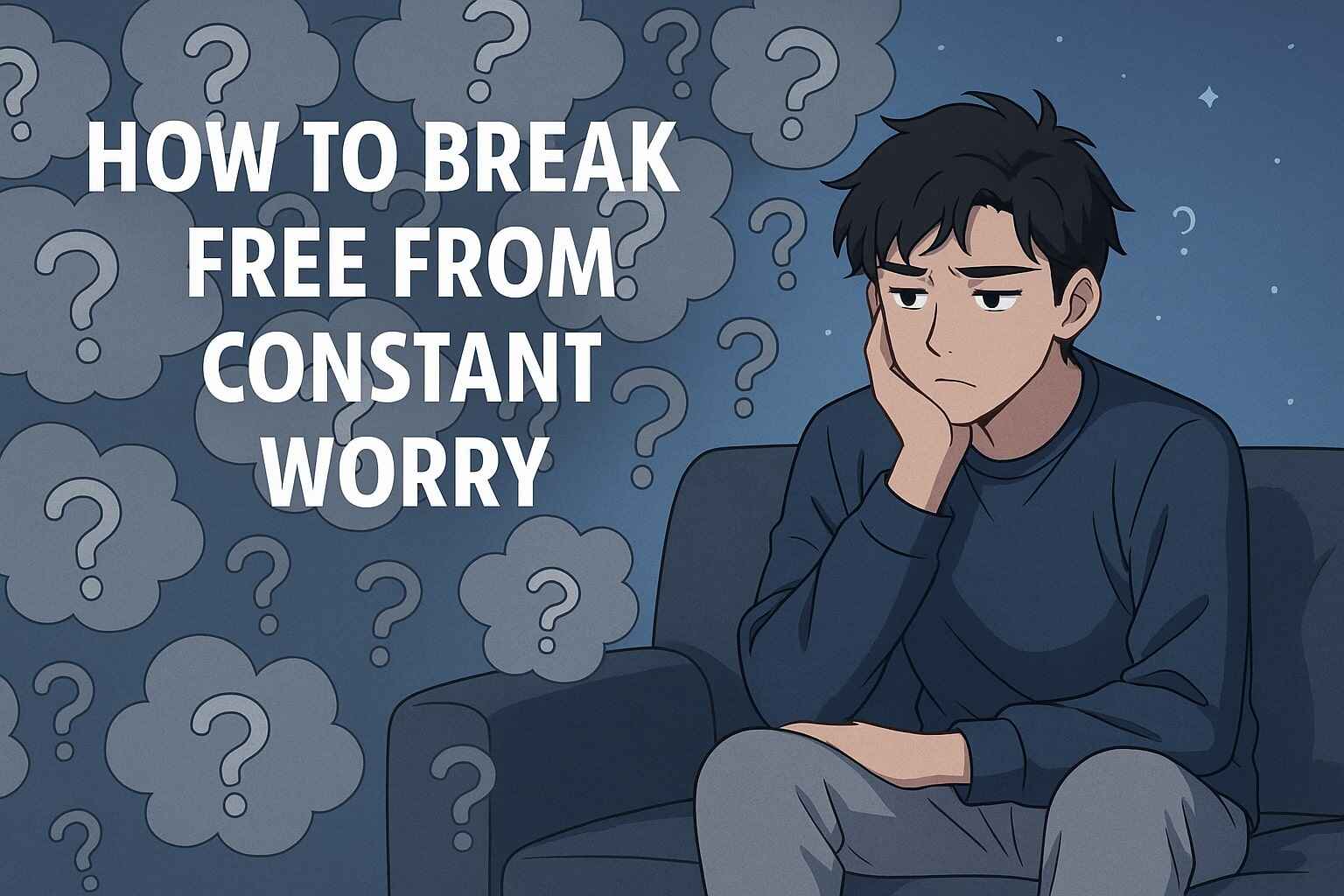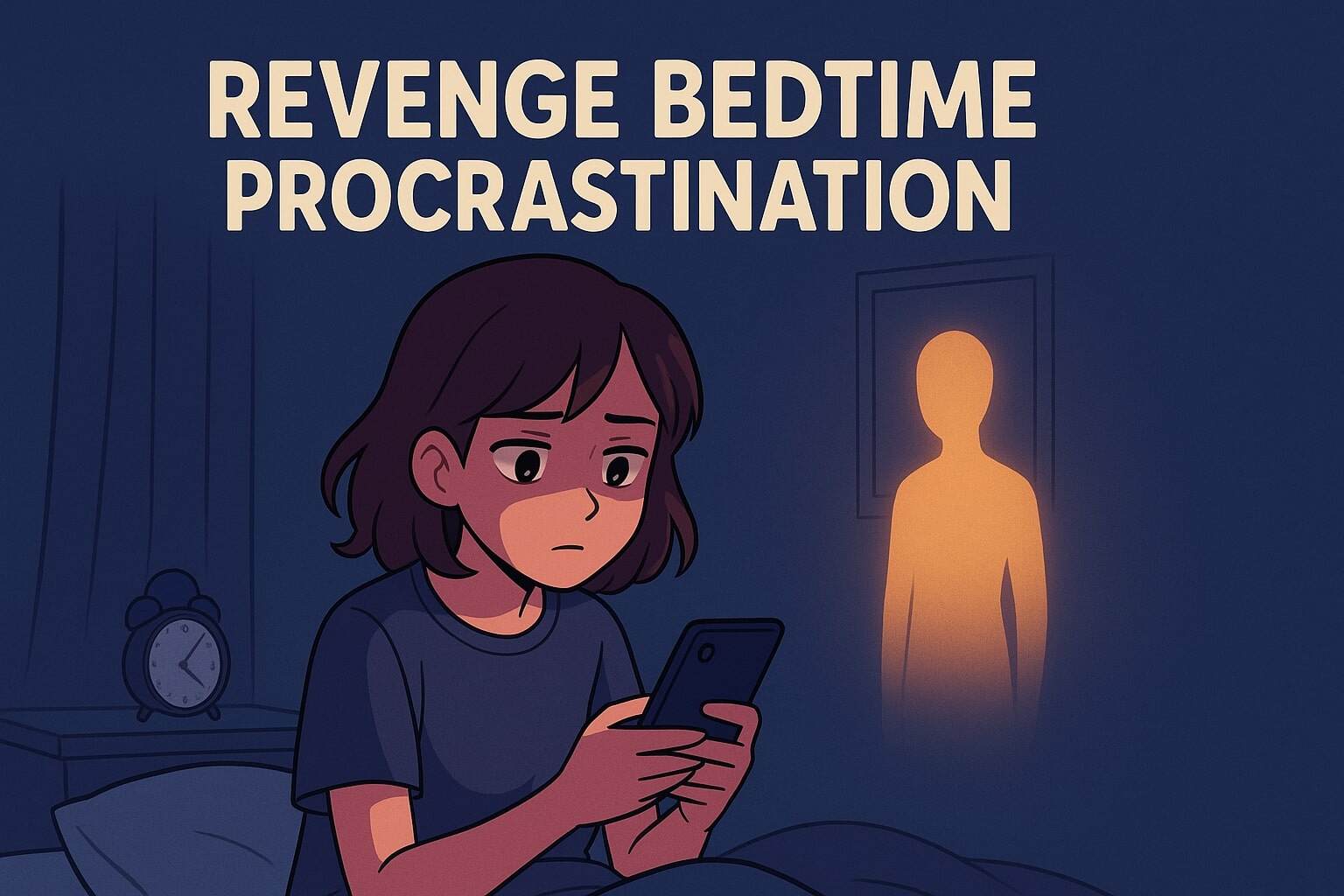Worry is a liar that whispers worst-case scenarios and steals your peace in return.
You tell yourself to stop… but your brain keeps spinning — what if this happens? What if that doesn’t?
If this sounds familiar, you’re not alone.
Worrying is your brain’s way of trying to feel in control — but it often leads to the opposite: paralysis, anxiety, and burnout.
This blog breaks down the psychology and neuroscience of constant worry — and teaches you how to finally break free.
🧩 Why We Worry: The Brain’s False Safety Net
The brain’s primary job is to keep you safe.
When it detects uncertainty, it fills in the blanks with imagined threats — and calls it “preparation.”
That’s worry in action.
But here’s the truth:
-
Worry doesn’t prevent bad things from happening.
-
It just makes you suffer twice — once in your mind, and again if it ever actually happens.
And because the brain rewards repetition, the more you worry, the better you get at it.
To stop the cycle, you need to interrupt it mentally, emotionally, and physically.
🛑 1. Notice the Worry Loop — Then Label It
Start by catching the worry as it starts.
Try this:
-
Say: “This is worry, not truth.”
-
Remind yourself: “This is my brain trying to protect me. I’m not in danger right now.”
This small act of labeling the worry activates your prefrontal cortex (logic center) and helps calm the overactive fear circuit.
“Worry is a misuse of the imagination.”
— Dan Zadra
📝 2. Give Your Worry a Container
Worry feels endless because it’s never given boundaries.
Instead of trying to ignore it, try limiting it.
Use the “Worry Window” technique:
-
Pick a 10-minute window during the day
-
Allow yourself to write down or think through every worry you have
-
After the window closes, remind your brain: “Worry time is over. I’ll come back tomorrow if needed.”
This teaches your brain it has a space — it doesn’t need to hijack your peace all day long.
🧘 3. Drop Into the Body
Constant worry pulls you into the future.
The solution is to ground yourself in the now.
Try:
-
5-4-3-2-1 grounding: Name 5 things you see, 4 you feel, 3 you hear, 2 you smell, 1 you taste.
-
Slow physical tasks: Washing dishes, folding clothes, walking barefoot
-
Body-based breath: Inhale for 4, exhale for 6 — longer exhales calm the nervous system
The body doesn’t worry. It only ever lives in the present.
Use it to pull your mind back to peace.
🔄 4. Replace Rumination With Intention
When you notice yourself ruminating, try asking:
-
What can I do right now about this?
-
Is this helpful or harmful thinking?
-
Will this matter a year from now?
And if the answer is “nothing” or “no” — gently return your focus to the moment.
You’re not failing at life.
You’re just unlearning overthinking.
🌱 5. Feed the Opposite of Worry: Trust
Worry is rooted in fear. The antidote isn’t “certainty” — it’s trust.
Try building trust by:
-
Keeping small promises to yourself
-
Reflecting on things that worked out unexpectedly
-
Surrounding yourself with grounded people
-
Saying this mantra: “Even if things go wrong, I can handle it.”
Conclusion: You’re Not Your Worries
Worry might be a habit, but it’s not your identity.
With the right tools and repetition, your brain can learn another way — one that feels spacious, strong, and peaceful.
You don’t have to fight the worry.
You just have to stop feeding it.
Let peace become your new default.






